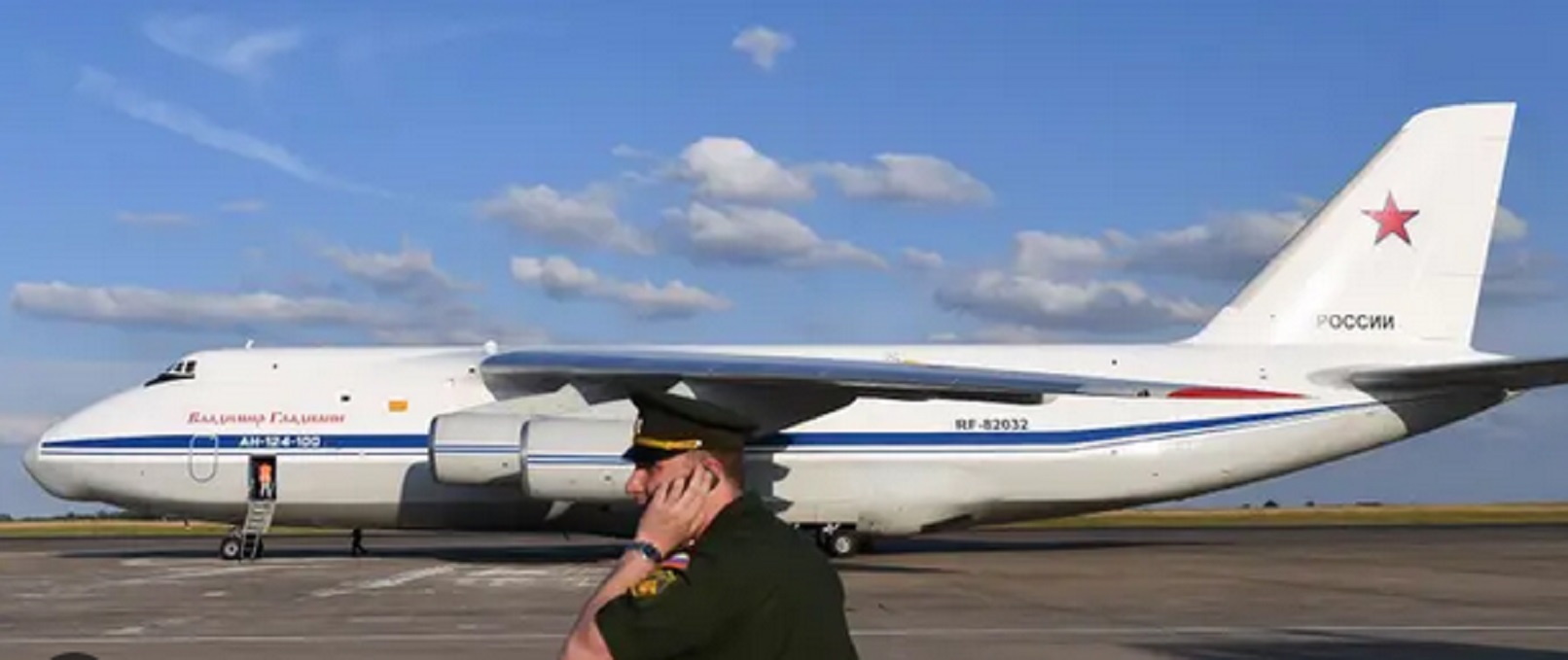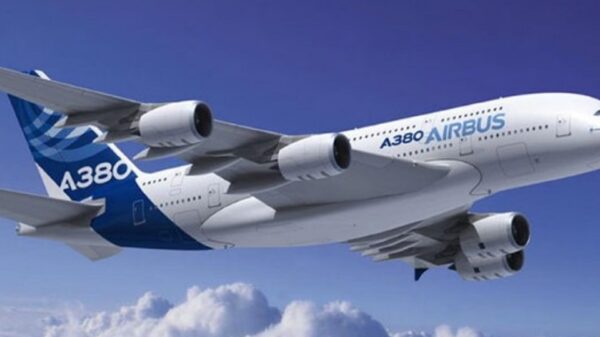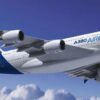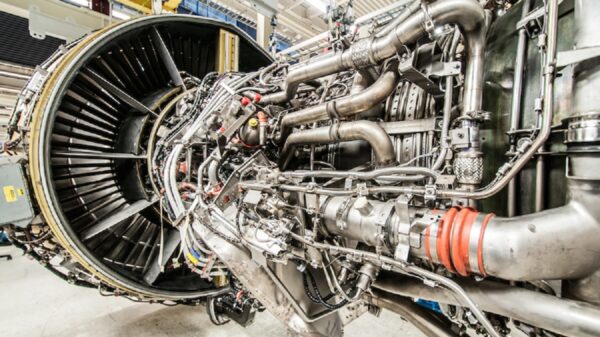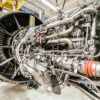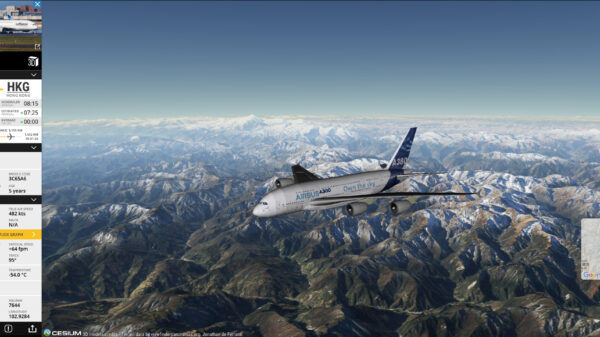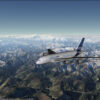It’s possible that you’ve heard airline radio chatter, especially with air traffic control, mention the term “heavy.”
The term “heavy” is used to describe an aircraft with a maximum takeoff weight (MTOW) rating of 136 tonnes (300,000 lb) or more.
These aircraft are sometimes called “heavy haulers” or “jumbo jets” due to their large size. They are typically operated by large airlines and are used to transport large amounts of people and cargo.
It’s not just a casual term; it carries specific meanings related to an aircraft’s weight and the turbulence it generates.
They are built to withstand high turbulence and strong winds and to fly long distances. They require specialised handling and refuelling equipment due to their large size. Let’s delve into this terminology.
Aircraft Weight Categories in the United States
In the United States, aircraft are classified into four categories based on their weight: small, large, heavy, and super. However, only the terms “heavy” and “super” are commonly used.
- Small aircraft have a maximum takeoff weight of 41,000 pounds (18,600 kg) or less.
- Large aircraft surpass this weight, ranging up to 300,000 pounds (136,000 kg).
- Heavy aircraft are those with a maximum takeoff weight of 300,000 pounds or more.
- The Airbus A380, and previously the Antonov An-225, hold the unique designation of ‘super’ aircraft.
International Civil Aviation Organisation (ICAO) Classification
The International Civil Aviation Organisation (ICAO) has a slightly different classification system:
- Light aircraft weigh 15,500 pounds (7,000 kg) or less.
- Medium aircraft weigh more than 15,500 pounds but less than 300,000 pounds.
- Heavy aircraft are those weighing 300,000 pounds or more.
- The Airbus A380 is the sole recipient of the’super’ designation under the ICAO’s scheme.
“Heavy” and Wake Turbulence
While these designators categorise aircraft by their maximum takeoff weight, there’s more to it. The size of an aircraft correlates with the intensity of wake turbulence. Wake turbulence is the swirling air generated by an aircraft’s wings during takeoff or landing, and it poses a significant risk to following aircraft.
The Role of “Heavy” in Radio Communication
In radio conversations, pilots often include the “heavy” descriptor in their aircraft’s callsign. This serves as a signal to air traffic controllers that they need to maintain a safe distance between their plane and others.
Impact on Flight Distances
The minimum separation distance between aircraft varies based on their size. Here’s a breakdown:
- Small plane following a ‘super’ aircraft: 8 nautical miles
- Heavy aircraft following a super aircraft: 6 nautical miles.
- Large aircraft following a heavy aircraft: 5 nautical miles
- Heavy aircraft following another heavy aircraft: 4 nautical miles
- Small turboprop following a Boeing 747: 6 nautical miles
Exceptions and Special Cases
In some cases, exceptions apply. For instance, a Boeing 757 may receive a higher category if it leads the way.
Prioritising Safety in Aviation
In aviation, safety is paramount. The term “heavy” not only denotes an aircraft’s weight but also serves as a safety precaution. It reminds nearby aircraft to maintain a safe distance. Safety in aviation is a complex but essential aspect of this industry.
Share Your Thoughts
Have you encountered the term “heavy” while listening to air traffic control? What are your thoughts and experiences with this terminology? Feel free to share your insights in the comments!


